6 Things You Need to Know About Izakaya
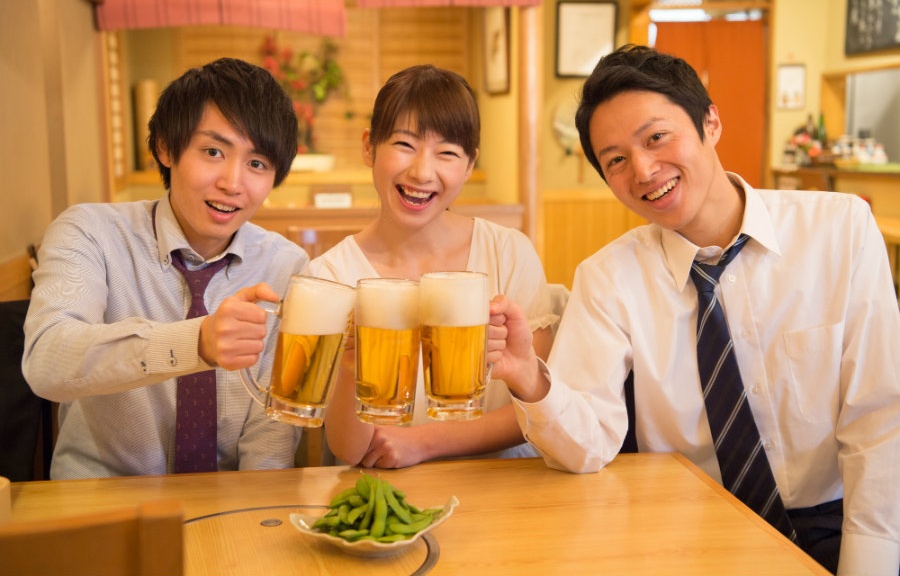
An izakaya is a Japanese-style pub. This means you'll have alcohol as well as food, but instead of everyone receiving their own main dish, the standard procedure is for everyone to order lots of small, typically inexpensive dishes that are shared by everyone around the table, ordering subsequent rounds along with accompanying drinks.
By Michael Kanert6. Izakaya Meaning
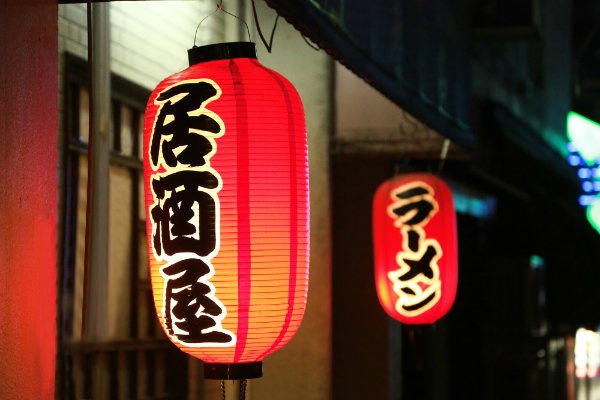
The word izakaya is made up of the kanji 居酒屋, meaning "stay," "alcohol," and "room" or "shop." So an izakaya is, in the most literal sense, "a shop for people to stay with alcohol."
5. Getting a Table

When you enter an izakaya, you'll first be asked how many people are in your party. If you don't speak Japanese, just showing the number with your fingers is fine, and even a common practice among Japanese people. If it's a big number—and izakaya are much more fun with more people—just say the number slowly in English, and be ready to reinforce by counting up on your fingers if necessary. Pretty much every Japanese person is comfortable with numbers one through 10 in English, but any higher and it depends on how much they enjoyed English in school.
Depending on the style of izakaya—or simply where you're placed—you may be seated at a regular table, at a bar, or on straw tatami mats. If you've got tatami, you'll have to take off your shoes before stepping on the mats (some places will give you a little locker for your shoes; keep the little tab in your pocket to retrieve them later). Most tatami rooms will have a hole in the floor under the table, so you'll still have a place to put your legs.
If you're in a truly classic tatami room, you may find no hole in the floor, and you'll have sit cross-legged or kneel in seiza! This is pretty rare nowadays, but it can happen from time to time (as you can see in the photo above). After a while, most people will stretch out, so just put up with your cramped legs for a few minutes, then ask if it's okay to extend your legs (just indicate your legs and say, "Ii desu ka?," which means, "Is it okay?" Everyone will know what you mean).
4. Oshibori & Otoshi
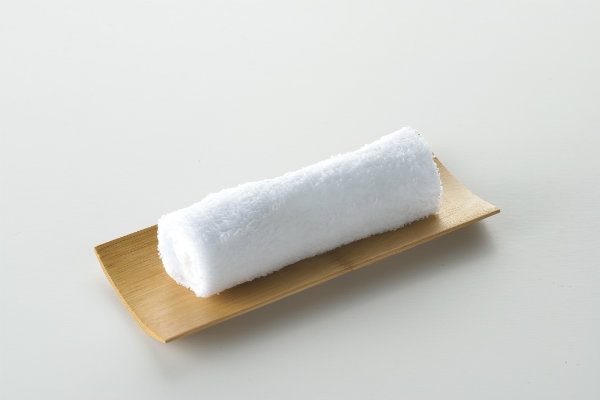
You'll probably be given an oshibori (wet towel) upon sitting down, which you should use to clean your hands. A nice oshibori will be refreshingly cool in the summer and satisfyingly warm in the winter, though cheap spots may just give you one made of paper.
You'll also probably receive a very small appetizer called an otoshi (or possibly tsukidashi if you're in the Kansai area). This will be charged to your table, so don't be surprised at the end! (And no, you don't have a choice.)
3. Ordering
https://www.youtube.com/watch?time_continue=88&v=F0bmN2ByRnU
So, how do you order all those rounds of drinks and food? You just need one word: Sumimasen! This literally means "Excuse me," and is the standard for getting staff attention (more on this incredibly useful word here).
While chain shops will often have buzzers on the tables for summoning staff, a classic izakaya will be a big, noisy room, and nobody has any compunctions about hollering "Sumimasen!" over the din to secure the next round. The key to sounding friendly is to draw out the last eh sound; if you just clip it off at the end, you sound pretty grumpy. Once you get accustomed to it, it's lots of fun to call out, "SU-mi-ma-SEHHHHHN!"

Most chain izakaya will have a pictographic menu, so if you don't read Japanese, just point and use extremely simple English ("This, two," "This, one," etc.). If you've wandered into a spot with no images and you're stuck, just ask, "O-susume wa?" ("What's your recommendation?"). Otherwise, pointing at random also works!
Typical dishes will include a selection of yakitori (grilled meat on sticks), kara-age (fried chicken pieces), tamagoyaki (sushi-style omelette blocks), sashimi, grilled fish, small meat dishes, tofu and salads—and you'll pretty often find French fries as well (just as for "potato" or "potato fry")! The standard appetizer is, of course, edamame.
"Beer" is biiru in Japanese, so you can get one of those pretty easily (just say "Beer" and hold up the number for the table with your fingers). Another common word is nama, which means "draft," as in "draft beer," and can be used interchangeably with biiru.

You won't find Western-style cocktails on most menus, but you'll have lots of choices of umeshu (plum wine), shochu (distilled liquor akin to light vodka), sake (which you can also order hot as atsukan), "sour" drinks (or sawaa, basically shochu combined with soda and various kinds of fruit juice; grapefruit sour is the standard), and very basic whisky (usually a single brand on the rocks or with soda).
Non-drinkers will also be able to get soft drinks and green tea. When everyone gets their drinks, remember the Japanese word for cheers: Kanpai!
2. Nomihodai
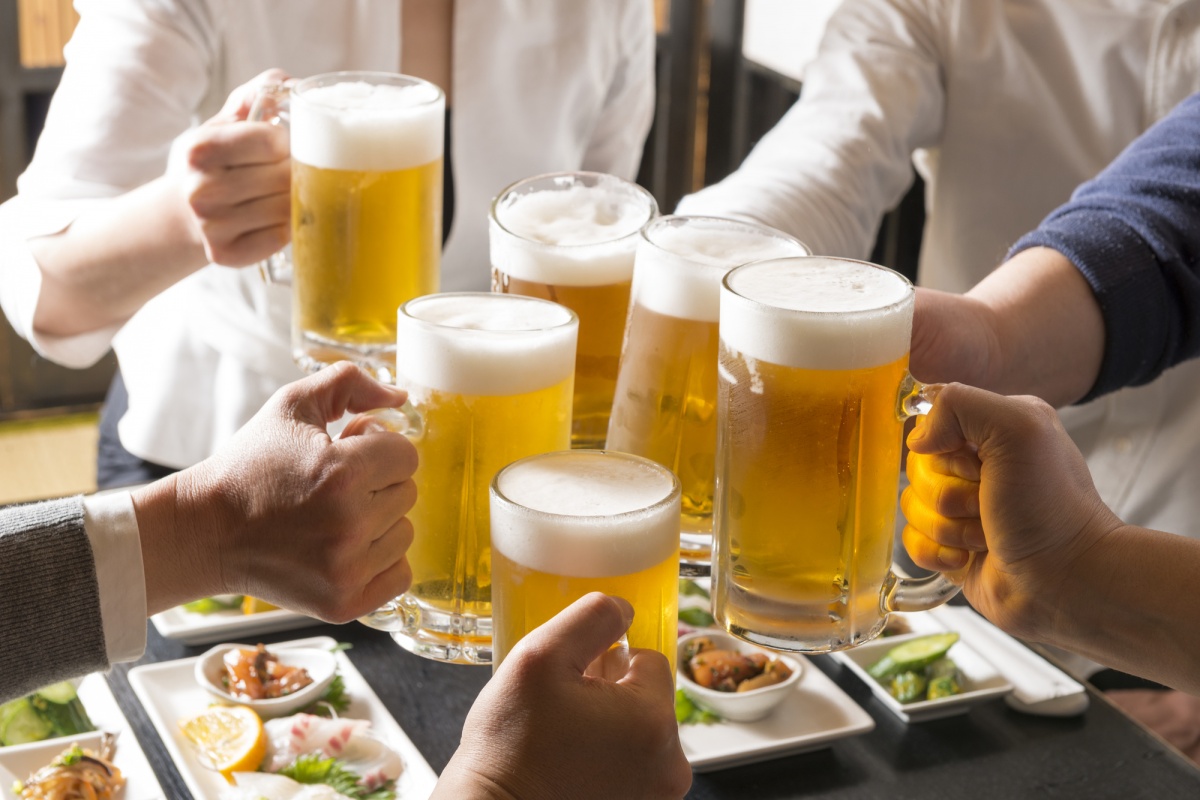
One of the most important things to decide when starting out at an izakaya is whether or not to get nomihodai—all-you-can-drink. While you probably won't be able to get nomihodai at a small, local shop, most chains will offer a 90-minute or two-hour deal for about the price of three or four beers—though there are discount shops with cheap nomihodai deals as well! However, at most izakaya, either everyone at the table gets nomihodai, or nobody gets it. Three people can't get all-you-can-drink while a fourth sips on water: it's all in or all out.
Be aware that the nomihodai deal usually won't be for everything on the drinks menu, either. You're typically limited to a much smaller selection of alcohol that will mostly focus on beer and sours.
1. Paying
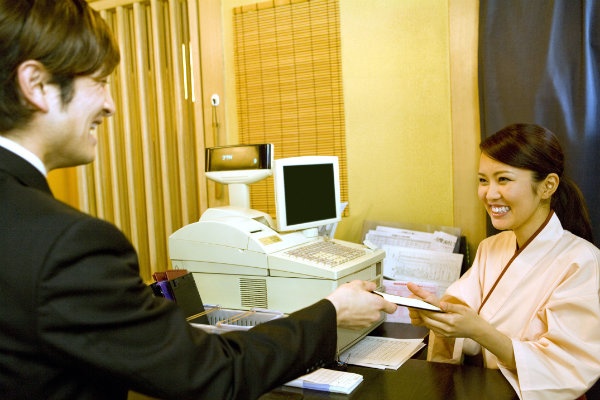
To get the bill, you can either pull a "Sumimasen!" and cross your index fingers, or simply stand up slowly and head toward the door, where the bill will be waiting for you.
While most restaurants in Japan are great at divvying up the bill betsu-betsu (individually by person), this is simply not possible at an izakaya, where everybody has been sharing multiple rounds of dishes. You'll just have to split the total evenly between the members of your group.
If you're in a large group, you're definitely going to want to sort out the bill at the table—because there's always one person who showed up late or had only one beer and doesn't want to pay the same amount as everyone else, and nobody ever has exact change. If you're in charge of collecting the money, be aware that it always seems to end up that at least half of one person's contribution is missing, and since nobody can ever figure out who paid too little, you'll either have to appeal to the group to cough up some extra or cover the gap yourself.
Between the shared dishes and the need to collaborate on your next order, izakaya are great for encouraging people to interact, which may be the key to their overwhelming popularity for groups of friends heading out in Japan!



